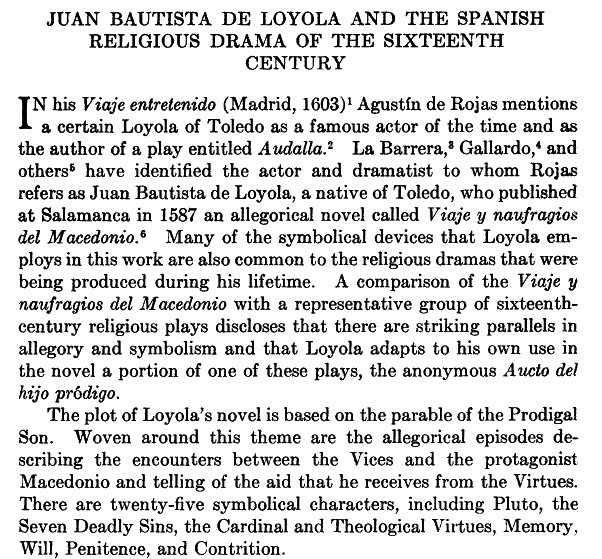jmd
One of the related questions that perhaps could be asked is whether some of the existing images of triumphal virtues we have previously seen could not perhaps be re-interpreted as indicating that the chariot itself reflects the virtue of Prudence.
I realise this is taking things beyond what is normally warranted. After all, triumphal chariots were used (and represented) by Romans and earlier simply as that: triumphal chariots. Yet, there are also the philosophical considerations as to what prudence was considered to be during especially earlier times (ancient Greek and late antiquity).
Perhaps we have read into chariot interpretations a more modern vision as to what 'triumph' itself indicates: victory by sheer brutal force (the point a little exagerated here). This would not have been seen as such in earlier times. Rather, victory or triumph would be seen far more in terms of prudent (and hence appropriate) actions. So even this sense of victory or triumph reflects an early sense of prudence.
Thinking about, and looking for some overlap between these concepts, I was reminded of Dürer's triumphal chariot.
In searching for such images, however, I also came across a journal paper that calls to mind further literary and dramatic presentations of the times at hand that may lead others to further finds.
I quote from the extract and first page of 'Juan Bautista de Loyola and the Spanish Religious Drama of the Sixteenth Century' (Hispanic Review Vol. 24, No. 4 Oct. 1956, pp. 271-277):

I realise this is taking things beyond what is normally warranted. After all, triumphal chariots were used (and represented) by Romans and earlier simply as that: triumphal chariots. Yet, there are also the philosophical considerations as to what prudence was considered to be during especially earlier times (ancient Greek and late antiquity).
Perhaps we have read into chariot interpretations a more modern vision as to what 'triumph' itself indicates: victory by sheer brutal force (the point a little exagerated here). This would not have been seen as such in earlier times. Rather, victory or triumph would be seen far more in terms of prudent (and hence appropriate) actions. So even this sense of victory or triumph reflects an early sense of prudence.
Thinking about, and looking for some overlap between these concepts, I was reminded of Dürer's triumphal chariot.
In searching for such images, however, I also came across a journal paper that calls to mind further literary and dramatic presentations of the times at hand that may lead others to further finds.
I quote from the extract and first page of 'Juan Bautista de Loyola and the Spanish Religious Drama of the Sixteenth Century' (Hispanic Review Vol. 24, No. 4 Oct. 1956, pp. 271-277):


